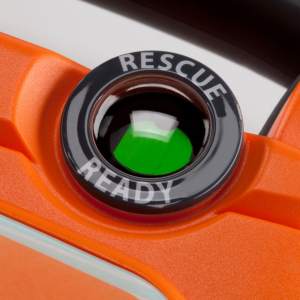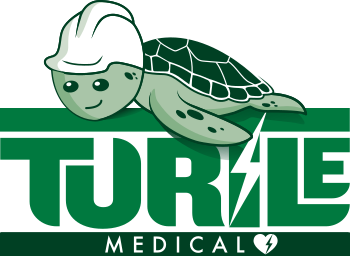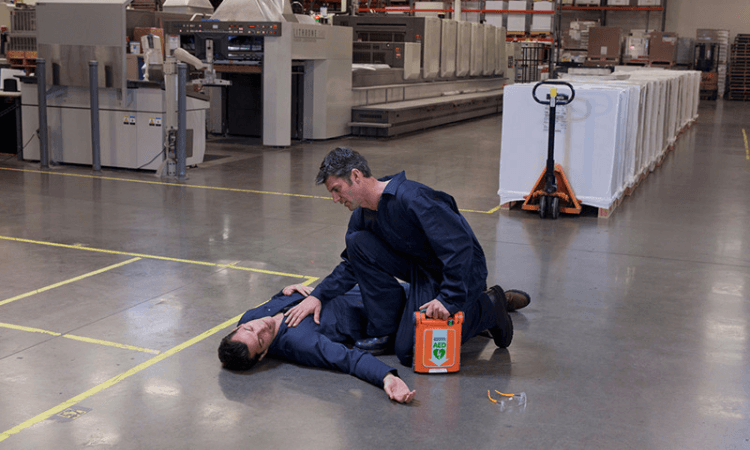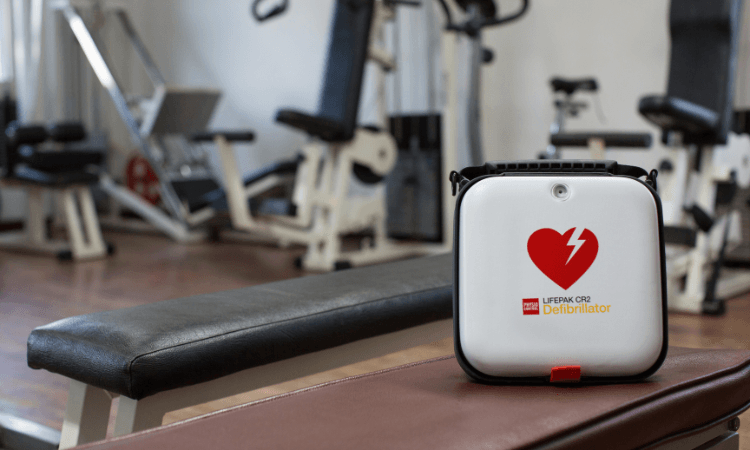
The defibrillator industry has undergone massive advancements over the past decade, reshaping the way cardiac emergencies are managed. These life-saving devices, once the domain of healthcare professionals, are now more accessible, intuitive, and effective than ever before.
But what are these advancements and how is defibrillator technology continuing to evolve? In this blog, we’ll take a closer look at the most impactful innovations, their role in saving lives, and how they’re becoming a vital part of public safety infrastructure.
The history of defibrillators
Defibrillators have been a cornerstone of cardiac care for decades, designed to deliver an electric shock that restores the heart’s rhythm during cardiac arrest. Early models were bulky, complex, and required specialised knowledge to operate. But fast forward to today, and we have portable, user-friendly devices that anyone can use in an emergency.
What has driven this change in defibrillators?
Today’s defibrillators come equipped with features that were once only imagined! These changes are designed to not only make defibrillators easier to use, but also more accessible to the general public in an emergency.
Advancements in defibrillator features include:
CPR feedback
Modern defibrillators now offer real-time CPR feedback, which provides essential guidance on compression depth, rate, and rhythm. This ensures high-quality chest compressions which is a vital component of successful resuscitation. For someone with no prior medical training, this feature can mean the difference between life and death during an emergency as it not only provides clear instructions, but it can also reduce panic.
Improved waveforms
Advances in defibrillator technology have refined waveforms – the patterns of electrical energy delivered during a shock. These improved waveforms increase the likelihood of restoring a normal heart rhythm, reducing the need for multiple shocks and helping to minimise potential damage to the heart.
Faster shock times
Speed is of course essential in cardiac arrest scenarios, where every second counts. Modern defibrillators can now deliver shocks in as little as 12 seconds, significantly reducing downtime between CPR and defibrillation. This rapid response capability improves survival rates dramatically.
Customisable energy levels
Today’s defibrillators are built with versatility in mind, featuring both adult and child modes. This ensures that energy levels are appropriate for the user, making the devices suitable for a wide range of emergencies, whether at a school, workplace, or public event.
Are defibrillators more accessible now?
Beyond technological improvements, the accessibility of defibrillators has seen remarkable strides. Several high-profile incidents have really highlighted the importance of these life-saving devices, spurring both public interest and action.
Public space deployments
In recent years, defibrillators have become increasingly common in public spaces, from airports to shopping centres. A notable example is the cardiac arrest of a professional footballer during a televised match. Thanks to a defibrillator close by, his life was saved, driving home just how important it is to have these devices widely available.
Outdoor defibrillator cabinets
With more and more people enjoying the great outdoors, defibrillator cabinets have become a vital addition in remote locations. We’re proud to be leading the way with solar- and wind-powered defibrillator cabinets, keeping these life-saving devices ready to go, even in the most isolated places. One of our standout achievements is installing a defibrillator cabinet on Rivington Pike — a hilltop with zero access to traditional power. It’s a real triumph of innovation, proving that no location is too remote when it comes to saving lives.
Defibrillators: The importance of education and training
While defibrillator technology has made significant leaps, education and training are still essential to unlocking their full potential. Public awareness campaigns, first-aid workshops, and school programmes can give individuals the knowledge and confidence to act during emergencies. After all, knowledge is power; a well-informed bystander using a defibrillator can make a huge difference, doubling or even tripling someone’s chances of surviving a cardiac arrest.
How to choose the right defibrillator
If you’re considering investing in a defibrillator for your organisation, workplace, or community, here are some tips to ensure you choose the right device:
- Prioritise CPR feedback: Devices with real-time guidance improve the quality of resuscitation efforts, even for untrained users.
- Choose faster devices: Opt for models that deliver shocks quickly to minimise interruptions in CPR.
- Consider environmental needs: For outdoor or remote locations, look for solutions like our solar-powered defibrillator cabinets.
- Don’t forget about ongoing costs: Defibrillators need routine maintenance and replacements like new defibrillator pads.
If you’re not sure where to start or you’d like some tailored advice, please contact us today. Our friendly team will be happy to answer any questions and offer recommendations suited to you and your needs.


